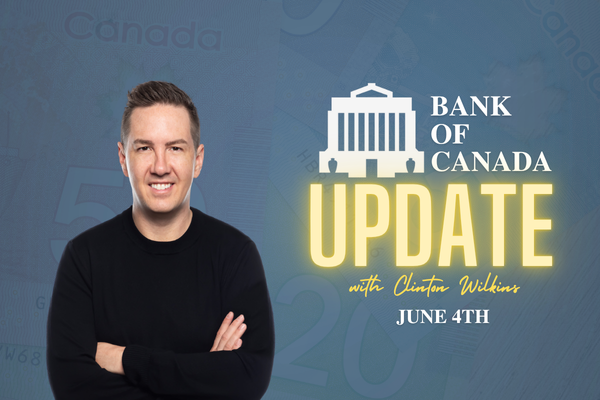Should you buy your first home this summer? In this post, we discuss some tips to help you decide if you should enter the market this season.

First-Time Home Buyer Incentive launch
First-Time Home Buyer incentive
What are your aspirations or goals for the future in what you want to do? There are several ways to answer this question.
To a high schooler going into their senior year, the answer could be getting into their dream school and studying something they are passionate about.
For university students, you might want to reduce your student loan debt and find a stable job.
To someone with a family, it could merely mean affording to buy a home. To be able to have a place of their own to raise their family. Unfortunately, many people think that it’s almost impossible to afford a home anymore.
Prices in Halifax are always on the rise. Thinking about saving up enough money for a down payment or monthly mortgage payments can be stressful. Luckily, the Federal Government understands that it may be tough for first-time home buyers to save up money for a home. This leads to the launch of the First-Time Home Buyer shared equity program.
Who qualifies?
The shared equity program for first-time home buyers launches today, September 2nd, 2019. The program aims to help home buyers afford to buy a home. The plan is open to all Canadian citizens, permanent residents, and non-permanent residents. If you can legally work in Canada, you can qualify for this program. Home buyers interested in the program must also make a total of $120,000 or less per year per household. In addition, your total borrowing amount is limited to four times the qualifying income.
How does it work?
The program operates as shared equity between the home owner and the government through insurance providers. Home owners that are looking to purchase an existing property can receive up to five per cent of the purchase price of the property. For those looking to purchase a newly built property, they can receive up to 10 per cent of the purchase price. However, you are required to pay this back in 25 years or when you sell the property. In addition, the incentive includes single-family houses, semi-detached houses, condos, and townhouses.
This shared equity program pairs with the increase in the RRSP withdrawal limit to $35,000. As a result, this should help to improve affordability for first-time home buyers. This also means that the government is sharing the risk and reward of purchasing a home with you.
It’s more than affording a home
The program goes beyond helping people afford a home, though. By helping first-time home buyers afford a home, the more money is being freed up to spend on other things. For a household that makes an income of $120,000 per year can save about $285 per month on a $500,000 home without changing their down payment. You might be worried about the cost of sending your children to university, that $285 can now be set aside each month to pay for that. If you want to get involved in activities and sports in their community, these savings can be freed up to fund that. Home owners who couldn’t afford to buy nutrient-dense foods can now afford healthier options.
The Canada Mortgage and Housing Corporation understand the struggle to find a safe and affordable home. You can learn more about this on the CHMC website here. CHMC, Genworth, and Canada Guaranty will be administering the program. The First-Time Home Buyers Incentive will help first-time home owners achieve their goal of owning a home. For more information on the program, get in touch! You can talk to one of the mortgage professionals at Clinton Wilkins Mortgage Team here.


